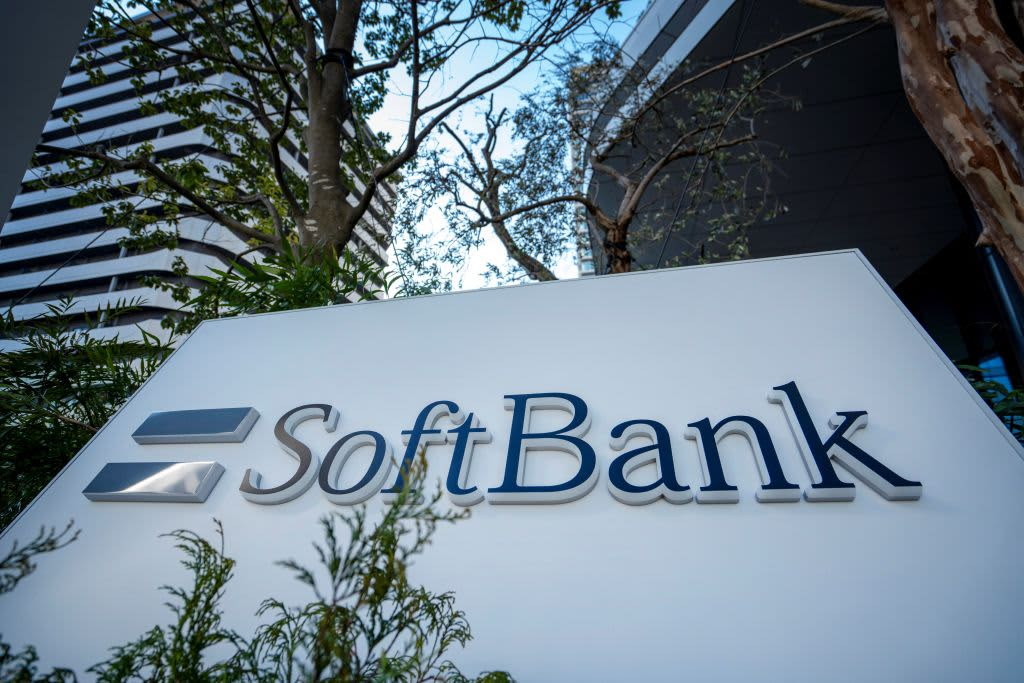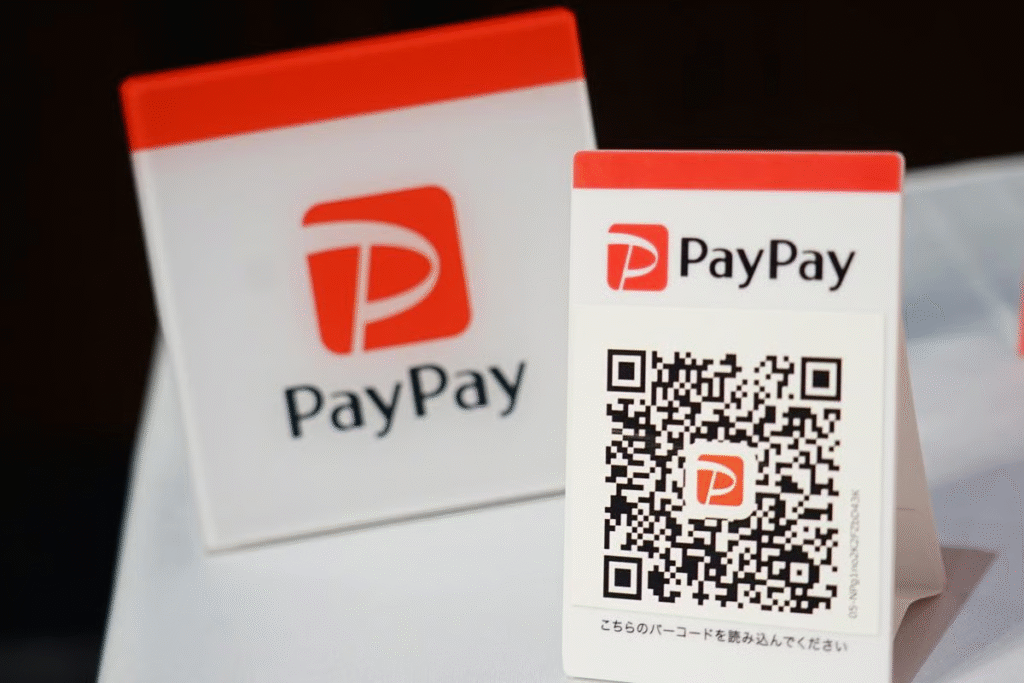SoftBank’s upcoming PayPay IPO in the US could raise over $2B—discover what makes it a fintech turning point and why it matters for India (SEO: PayPay IPO).
Have you ever wondered why your phone can now double as a wallet? That tiny QR code on your screen represents a revolution—one that’s made PayPay the crown jewel of Japan’s cash-to-digital shift. Now, SoftBank is setting its sights on Wall Street, preparing a PayPay IPO that could net more than $2 billion.

Why should you care? Because this isn’t just about pay apps—it’s about the future of fintech and how everyday consumers—from Tokyo to Hyderabad—are changing the way they trust money. In this post, we’ll unpack the what, why, and how of PayPay’s IPO—spiced with Indian context, expert clarity, and my human take on what comes next.
What’s Behind the PayPay IPO?

PayPay: Japan’s QR-Code Success Story
Imagine India’s Paytm in hyperdrive—aggressive cashback, rapid adoption, and a near-ubiquitous presence in small kirana stores. That’s PayPay in Japan: launched in 2018 by SoftBank and Yahoo’s Z Holdings, it quickly became the most used mobile payment platform—thanks to smart incentives and partnership with India’s Paytm in the early days Wikipedia.
By turning consumers away from cash, PayPay rewrote spending habits—something Indian cities are now experiencing. But unlike some early U.S. playbooks, PayPay already offers banking and cards, not just payments.
Key takeaway: PayPay isn’t lip service—it’s a utility that flipped Japan’s payment mindset.
SoftBank Picks the Banker Squad: Who’s Building the IPO Roadmap?
When you plan a high-stakes ride to Wall Street, you don’t call your high school buddy—you call the pros. SoftBank has roped in Goldman Sachs, JPMorgan Chase, Mizuho, and Morgan Stanley to lead the IPO preparation Reuters.
All signs point to the last quarter of 2025 for a potential launch. But there’s a catch—the final amount raised and timing still depend heavily on market mood.
Key takeaway: With top-tier banks onboard, SoftBank means business—but timing is everything.
Why the US, Why Now?
Wall Street’s Shine vs. Tokyo’s Shade
Why not list in Japan? Simple—tech stocks fetch higher valuations in the U.S. New York’s appeal isn’t just prestige; it’s price. SoftBank discovered this firsthand—with its Arm IPO in 2023, launched at ~$54.5 billion and now valued at over $145 billion Reuters.
Drawing lessons from Arm, a PayPay IPO could not just fetch funds—but prestige and market confidence.
Key takeaway: In IPOs—especially fintech—the US market tends to pay a premium.
India Angle: The Global Fintech Wave
India’s booming digital payments scene—think UPI, Paytm, and BharatPe—is a mirror to PayPay’s journey. If PayPay finally hits the NYSE successfully, imagine how it could inspire Indian startups, entrepreneurs, or even policymakers to push for similar global launches.
Opportunity… But Also Risks
Growing Payments, But Still Losing Money
Like many fintechs, PayPay hasn’t cracked consistent profitability yet. Its losses, while shrinking, still point to a long path ahead Investing.comPYMNTS.com. SoftBank aims for its financial arm—including PayPay—to turn profitable by March 2026.
But they’re also expanding—adding banking and securities businesses via LY Corporation. Diversifying revenue streams is smart—but managing all that requires finesse WikipediaMorningstar.
Key takeaway: Growth is happening, but profitability remains the finish line.
Market Sensitivity & Timing
2025 has seen a rebound in tech IPOs, thanks to stronger earnings and easing trade tensions Reuters. Yet volatility remains—the Fed’s next rate move, global policies, or another lockdown could shift investor optimism overnight.
Remember 2024? Tariff uncertainty under the Trump-era slowed IPOs to a crawl. Things look better now—but still fragile.
Key takeaway: Market calm now doesn’t guarantee IPO winds stay favorable.
Buying In: What This Means for India’s Market
- Global Credibility for Indian Fintechs
A successful PayPay IPO on Nasdaq or NYSE may embolden Indian firms—making investors wonder: Why can’t Indian batons pass to Wall Street too? - Strength in Soft-Bank Investments
SoftBank’s reliance on PayPay to regain financial strength shows fintech isn’t just flashy—it can be foundational. India’s growing fintech players can similarly aim for robust models. - Consumer Behavior Shift
If PayPay, started with cash incentives, can become indispensable nationally, Indian companies have a playbook for scaling loyalty—even post-incentive levels.
Lessons for Indian Entrepreneurs
- Start with Real Pain Points: PayPay succeeded because it addressed Japan’s love for cash with meaningful rewards. Make your product solve a real problem.
- Diversify Revenue: Just payments wasn’t enough. Offer banking, lending, or value-adds to deepen engagement and balance margins.
- Focus on Unit Economics, Not Just Users: Growth is attractive, but investors ultimately track profits. Think beyond free rides.
- Think Global Early: From day one, ask: Could this inspire confidence in global markets? Build accordingly.
What You Should Remember
7 Summary Recaps
- On the IPO Playbook: PayPay is gunning for a U.S. listing with top banks onboard, potentially aiming to launch by late 2025—but timing will ride on market sentiment.
- On the Growth Strategy: Success hasn’t turned profitable yet—but PayPay is layering in banking and securities to broaden its financial moat.
On India’s Opportunity: SoftBank’s move signals that fintechs anchored in real consumer change—backed by strategy and scale—can earn global investor trust. That’s a wake-up call and a roadmap for India’s rising fintechs.
Final Thoughts & CTA
Here’s my two paisa: When you swipe your phone at a local store—whether it’s Paytm in India or PayPay in Tokyo—you’re part of a bigger story. SoftBank’s bet on PayPay isn’t just a financial play—it’s a message that fintech built on real-use cases can go global.
Now, I’d love your take: If you were planning a fintech IPO from India, what would your edge be? Drop a comment, share your ideas—and let’s imagine the next big IPO together.

Why does PayPay matter for India?
It offers a proven fintech model of rapid adoption, cashless shift, and global IPO ambition—lessons India can apply. (172 chars)
What is PayPay IPO?
The potential US listing of PayPay, SoftBank’s Japanese payments app, aiming to raise over $2 billion. (199 chars)
When might PayPay go public?
SoftBank may launch the IPO in the last quarter of 2025, depending on market conditions. (131 chars)
Why list PayPay in the US?
U.S. tech markets offer higher valuations and global investor access—seen with Arm’s IPO surge. (144 chars)
Why list PayPay in the US?
U.S. tech markets offer higher valuations and global investor access—seen with Arm’s IPO surge. (144 chars)
Is PayPay profitable?
Not yet—PayPay is still losing money, but SoftBank aims for financial unit profitability by March 2026. (155 chars)
Is PayPay profitable?
Not yet—PayPay is still losing money, but SoftBank aims for financial unit profitability by March 2026. (155 chars)